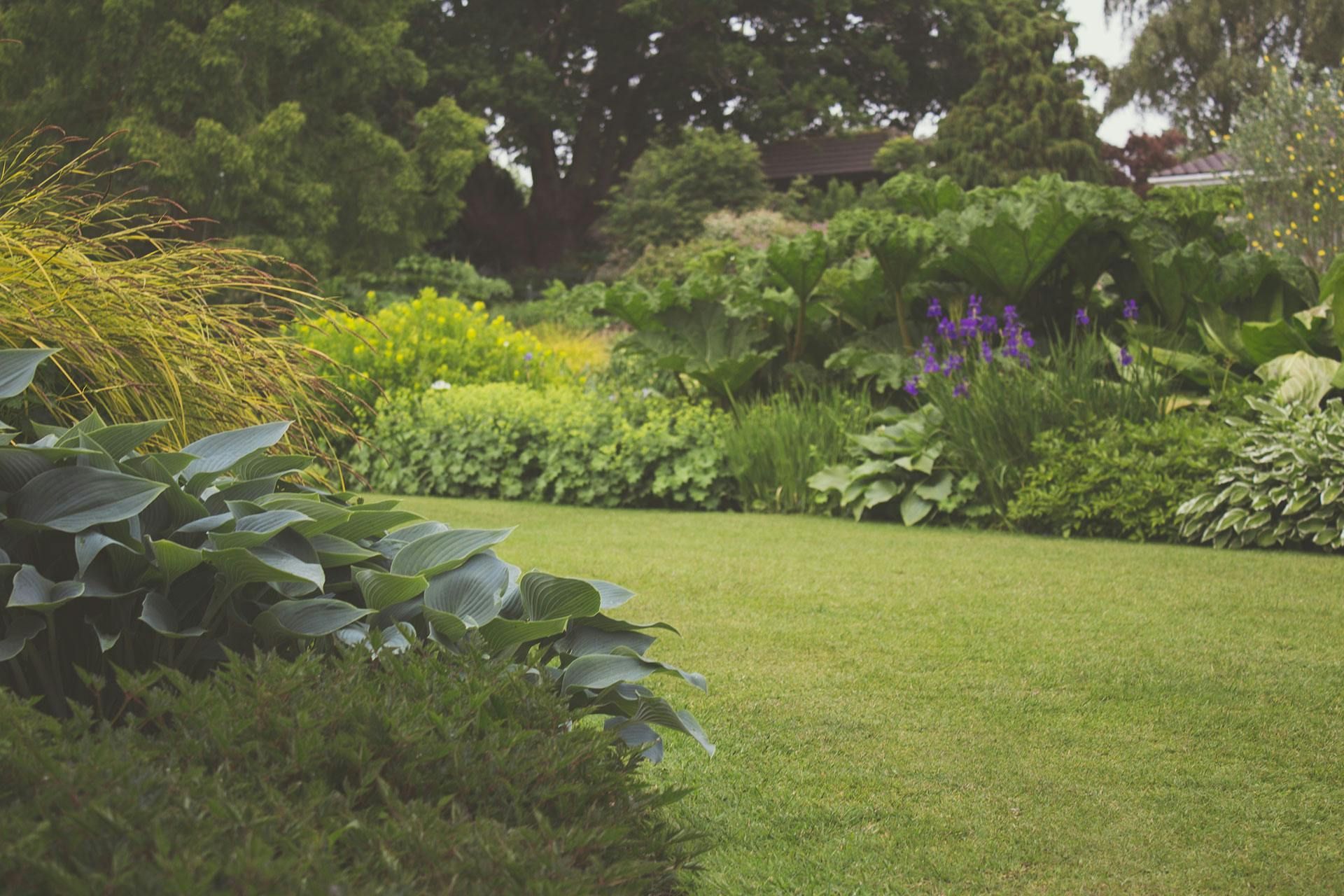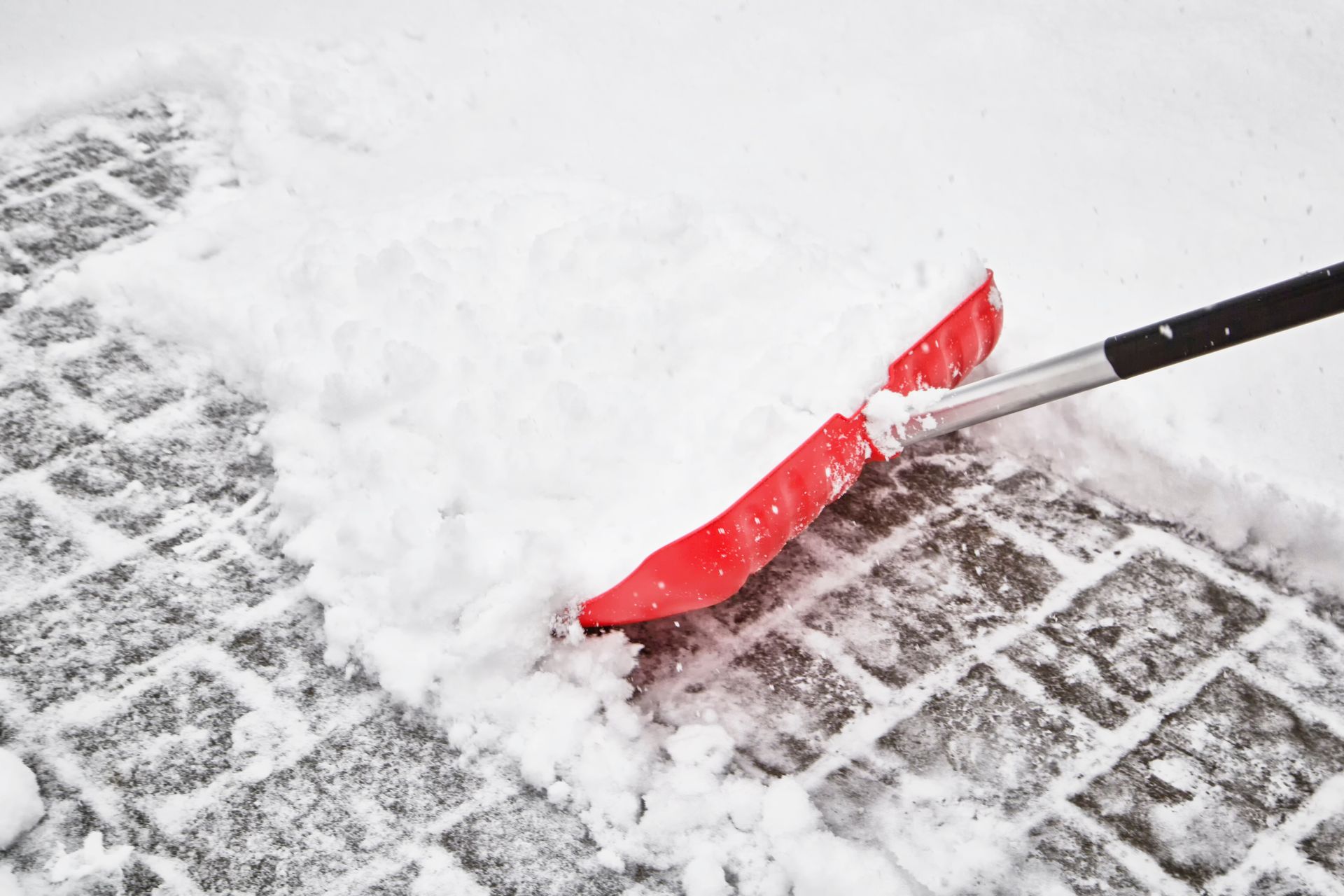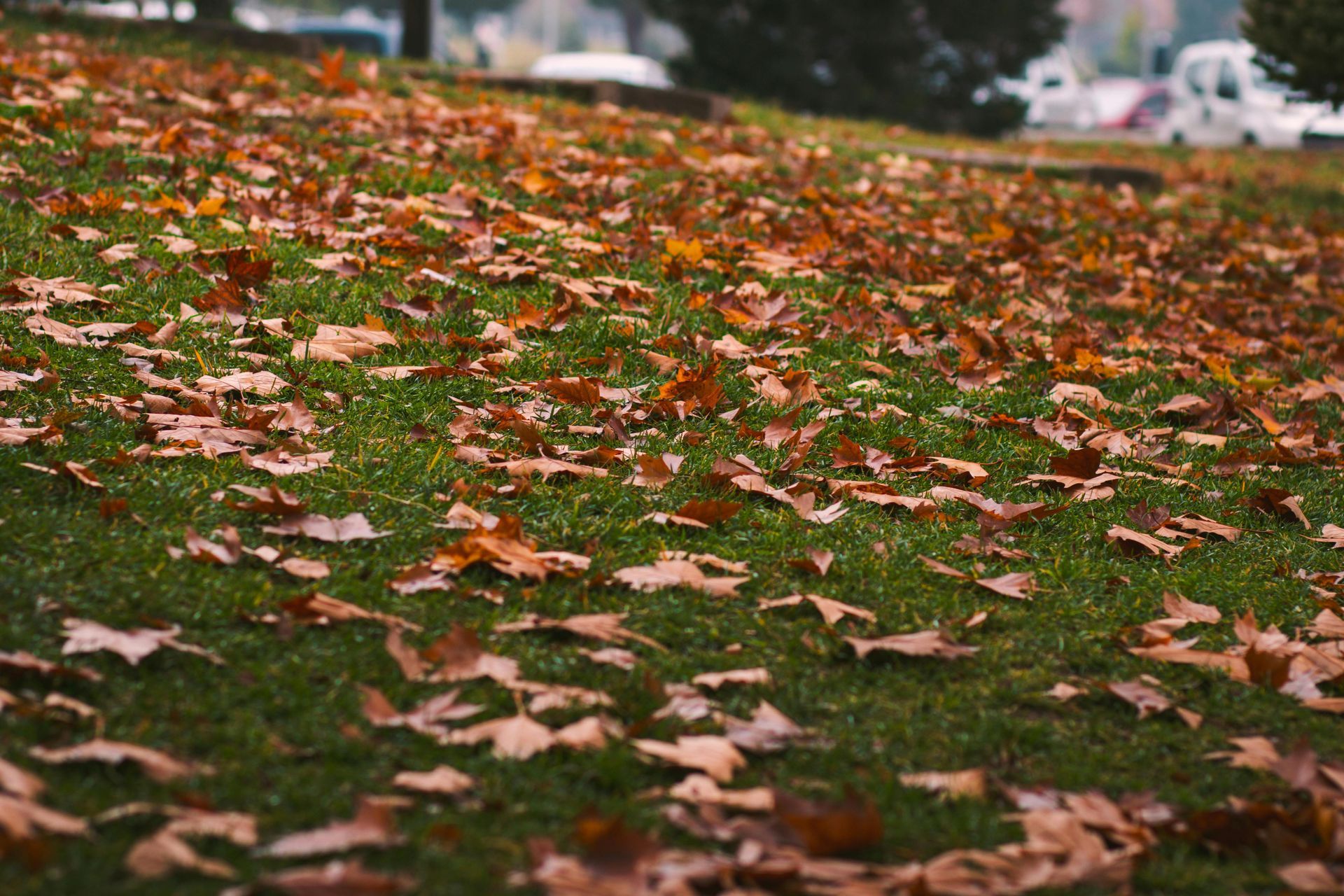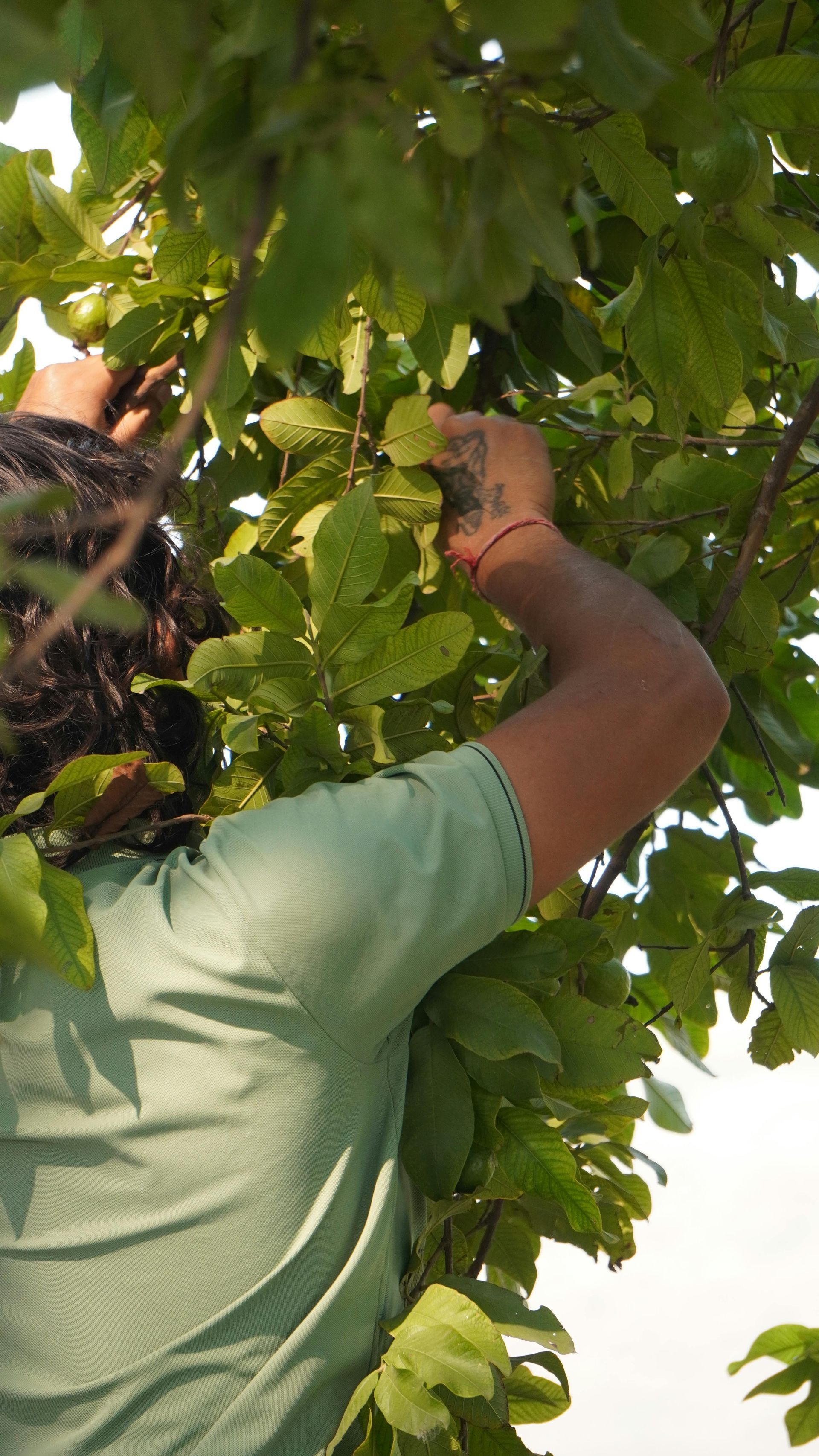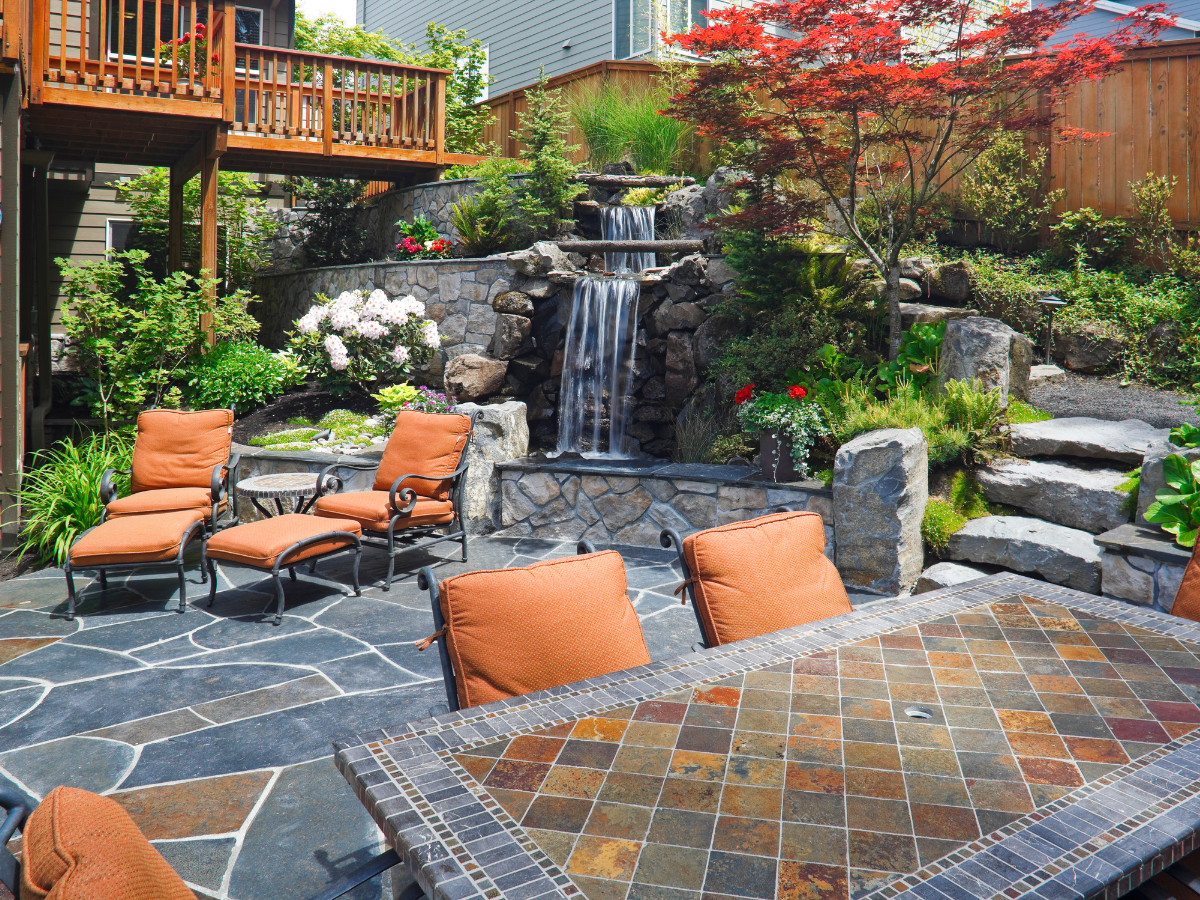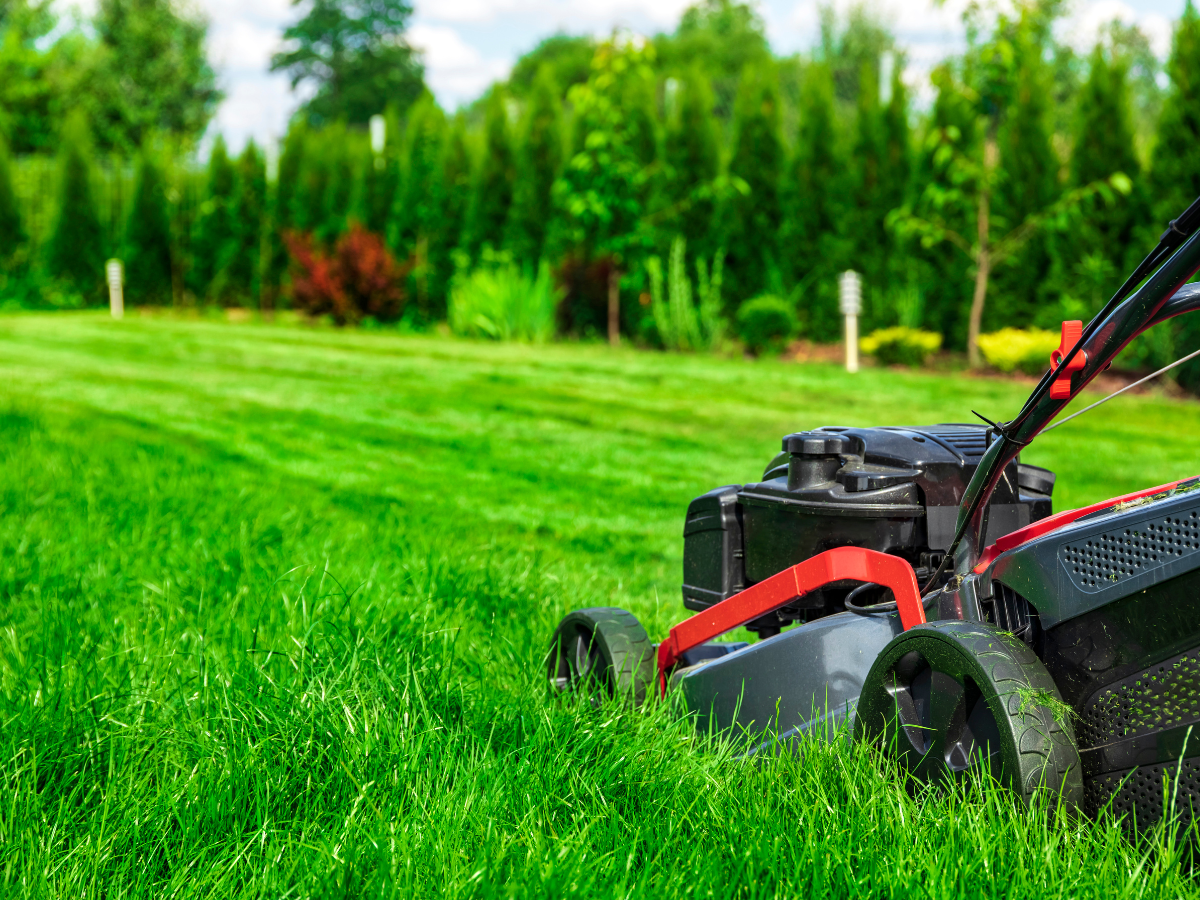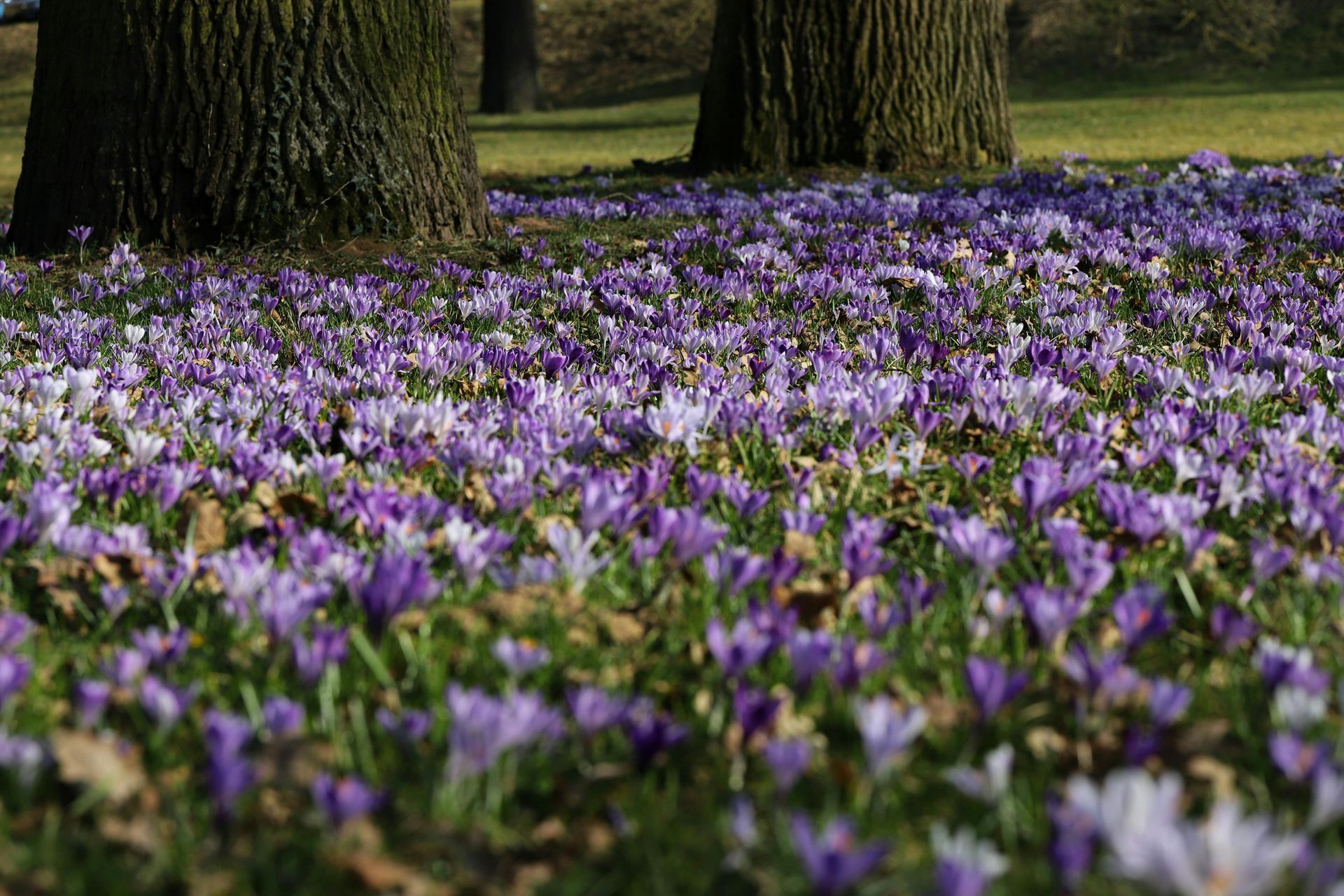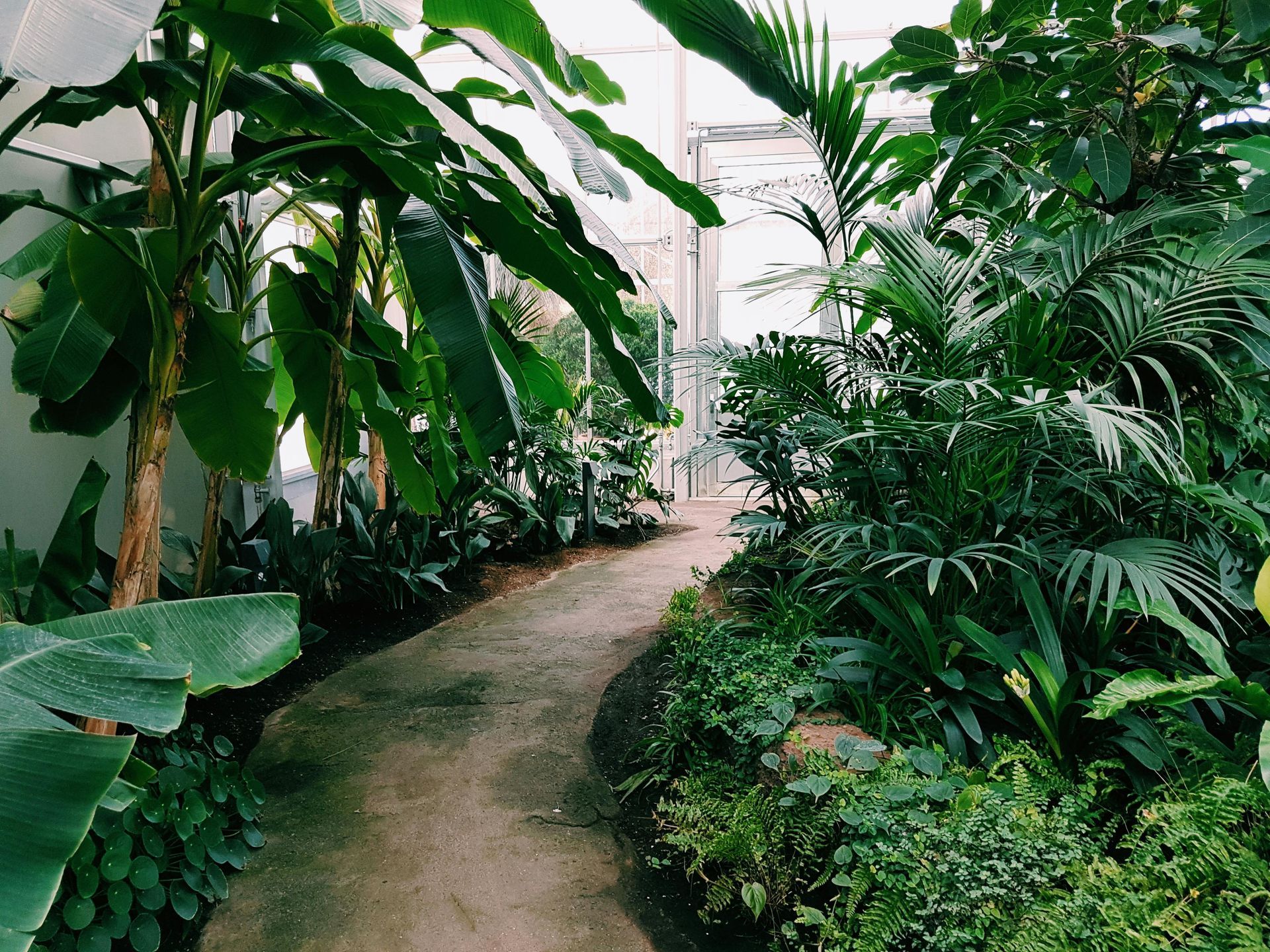How to Create a Low-Water Landscape
Creating a low-water landscape is a smart choice for homeowners and businesses looking to conserve water, reduce maintenance costs, and create a beautiful, sustainable outdoor space. Whether you live in a drought-prone area or just want to minimize your environmental impact, low-water landscaping can be both practical and aesthetically pleasing. In this blog, we will guide you through the essential steps for designing and creating a low-water landscape that thrives while using minimal water.
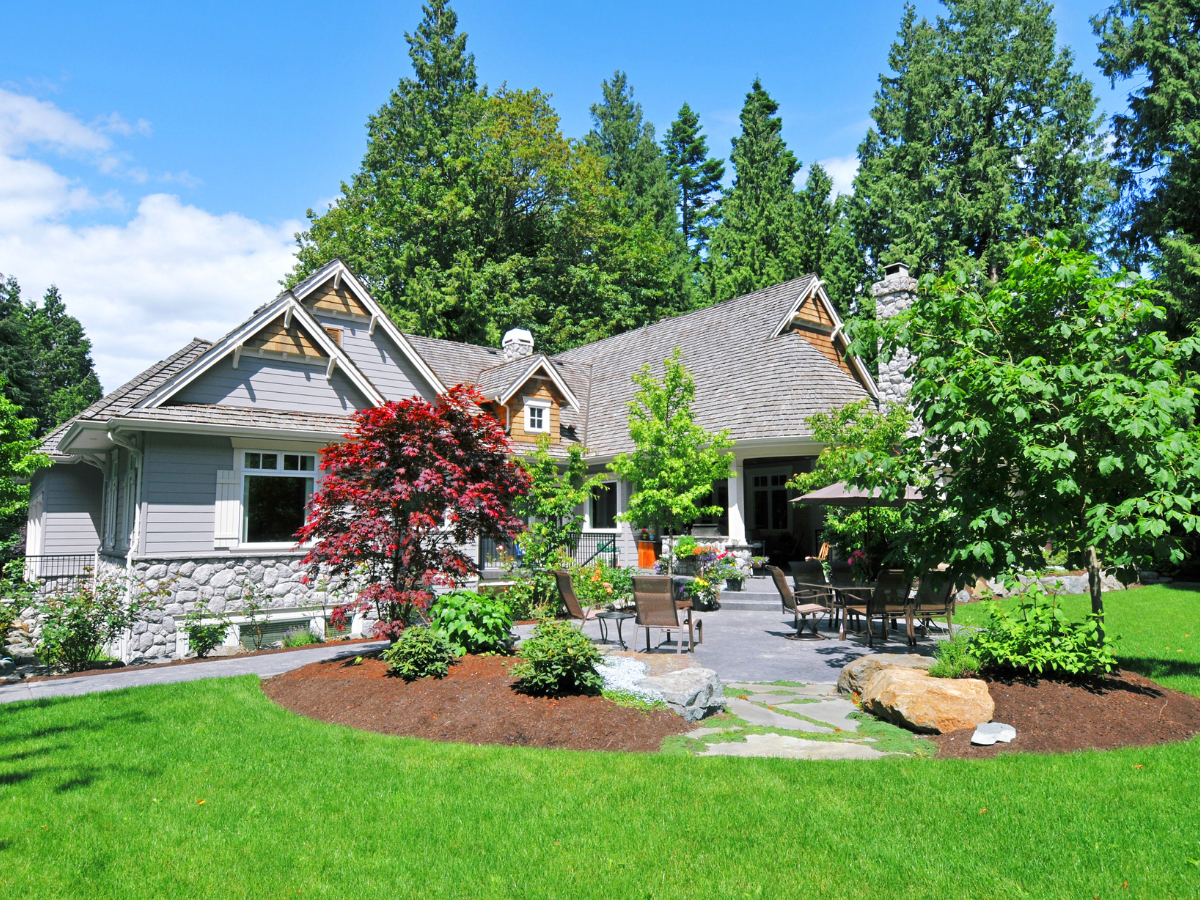
1. Understand What Constitutes a Low-Water Landscape
A low-water landscape is one that uses drought-tolerant plants, efficient irrigation systems, and sustainable practices to reduce water consumption. The goal is to create a thriving outdoor space that requires minimal maintenance and uses less water than traditional landscapes. Key elements of a low-water landscape include:
- Drought-Tolerant Plants: Choose plants that are native to your region or those that are known for requiring little water.
- Efficient Irrigation Systems: Install irrigation systems that minimize water waste, such as drip irrigation or soaker hoses.
- Water-Efficient Landscaping Techniques: Incorporate techniques such as mulching, proper soil preparation, and reducing lawn areas to further reduce water consumption.
By understanding these components, you can begin to design your landscape with water conservation in mind.
2. Choose Drought-Tolerant Plants
The backbone of any low-water landscape is the choice of plants. By selecting drought-tolerant plants, you can ensure that your garden thrives with minimal watering. Here are some types of plants to consider:
- Native Plants: Plants that are native to your area are well-adapted to local climate conditions and require less water. Examples include sagebrush, lavender, and succulents.
- Cacti and Succulents: These plants store water in their leaves and thrive in dry conditions. They require very little maintenance and add a unique aesthetic to your landscape.
- Xeriscaping Plants: Xeriscaping is a landscaping method that uses drought-resistant plants to create beautiful, sustainable outdoor spaces. Consider using plants like black-eyed Susan, ornamental grasses, and coneflowers.
- Groundcovers: Instead of traditional grass, consider using groundcovers like clover, creeping thyme, or sedum that require minimal water and reduce the need for mowing.
Selecting the right plants for your landscape can make a significant difference in your overall water usage.
3. Plan Efficient Irrigation Systems
An efficient irrigation system is crucial for maintaining a low-water landscape. Traditional sprinkler systems often waste water by spraying too much on areas that don’t need it. Consider these irrigation options for better water management:
- Drip Irrigation: Drip irrigation delivers water directly to the base of plants, minimizing evaporation and runoff. This system is highly efficient and ideal for low-water landscapes.
- Soaker Hoses: Soaker hoses are another great option for low-water landscaping. They allow water to seep directly into the soil, providing a consistent and even watering for plants.
- Smart Irrigation Controllers: Smart irrigation controllers automatically adjust watering schedules based on weather conditions, ensuring that plants receive the right amount of water at the right time.
By choosing the right irrigation system, you can significantly reduce water waste and keep your low-water landscape healthy.
4. Use Mulch to Retain Moisture
Mulching is an essential technique in low-water landscaping. Mulch helps retain moisture in the soil, reduces weed growth, and keeps the soil temperature consistent. There are several types of mulch to consider:
- Organic Mulch: Organic mulches such as wood chips, bark, and straw decompose over time and enrich the soil. They also help retain moisture by reducing evaporation.
- Inorganic Mulch: Materials like gravel, pebbles, and rubber mulch can also be used to cover the soil, preventing moisture loss and reducing the need for frequent watering.
- Compost: Adding a layer of compost around plants not only retains moisture but also improves soil quality, promoting healthy plant growth.
Applying mulch around your plants and garden beds will help you maintain a low-water landscape and reduce watering frequency.
5. Design with Hardscaping in Mind
Hardscaping is the use of non-plant elements in your landscape design. Incorporating hardscaping elements can help reduce the need for water while adding beauty and structure to your landscape. Here are some hardscaping ideas for a low-water landscape:
- Stone Pathways: Create natural stone paths that add aesthetic value and minimize the area that requires watering.
- Patios and Decks: Design a patio or deck area for outdoor entertaining, which reduces the space you need to water.
- Rock Gardens: Rock gardens with drought-tolerant plants or succulents can be an attractive, low-maintenance option for adding variety to your yard.
By incorporating hardscaping elements, you’ll reduce the amount of space that requires watering and enhance the overall design of your landscape.
6. Maintain Your Low-Water Landscape
Proper maintenance is key to ensuring the longevity of your low-water landscape. Regularly check your irrigation system for leaks, replace any dead plants with drought-tolerant options, and remove any weeds that may compete for water and nutrients. By keeping up with routine maintenance, your low-water landscape will stay healthy and beautiful for years to come.
Conclusion
Creating a low-water landscape is not only environmentally friendly but also cost-effective. By selecting drought-tolerant plants, installing efficient irrigation systems, using mulch, and incorporating hardscaping, you can create a sustainable outdoor space that thrives while conserving water.
If you're ready to transform your outdoor space into a beautiful low-water landscape, contact AAF Landscaping today to learn how we can help you design and maintain an efficient, sustainable landscape.
